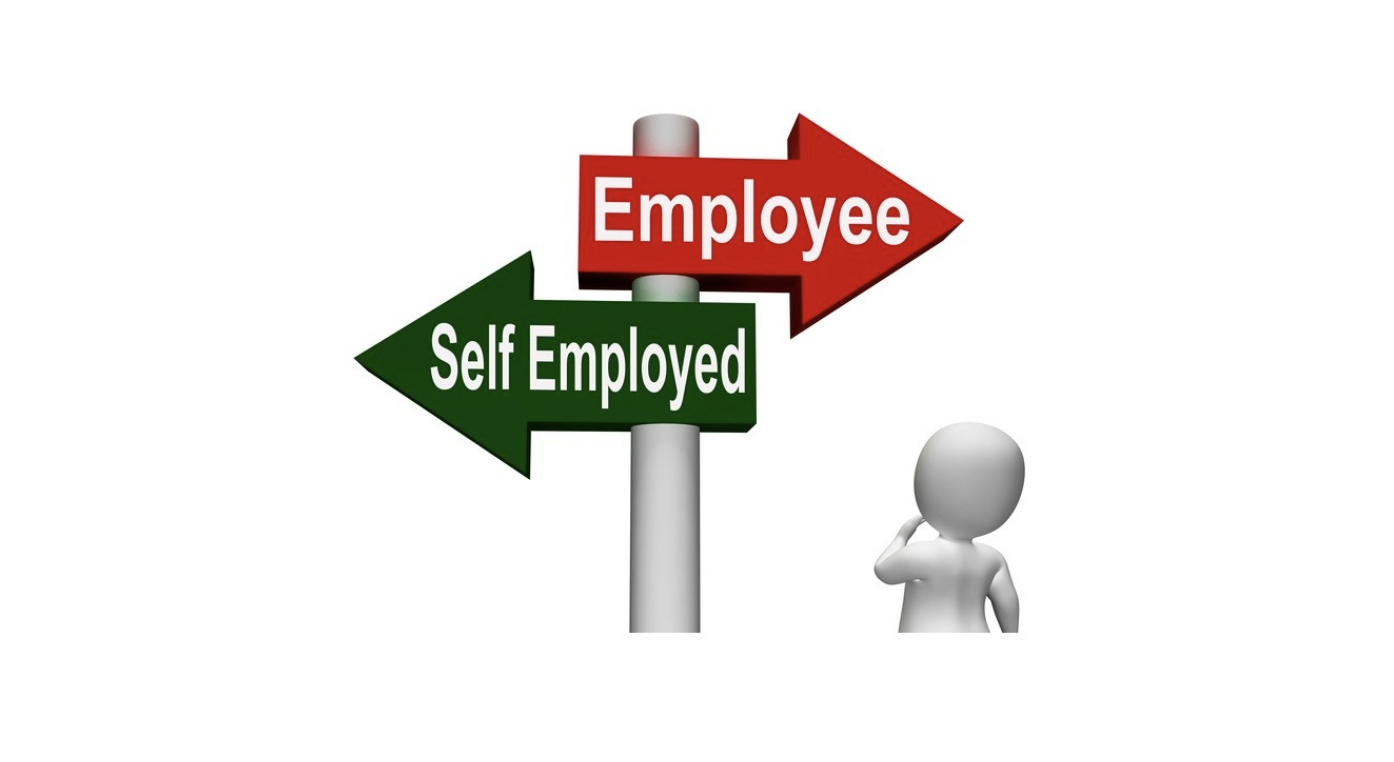All You Need To Know About Fireproofing Pumps
All You Need To Know About Fireproofing Pumps

All You Need To Know About Fireproofing Pumps
There are numerous factors to take into account while trying to comprehend your fire safety system. The fire pump is a crucial part of the system that speeds up water flow, making it simpler to provide enough water to put out flames wherever in the structure or area.
The unsung heroes of fire protection systems are fireproofing pumps, which provide the necessary water pressure and supply to enable the operation of fire sprinkler systems.
Fire pumps are added to meet the design requirements when a standard water supply is unable to generate the necessary pressure for these systems to function.
As a company owner, you should be knowledgeable about the many kinds of fire pumps so that you and your fire protection provider can determine which sort is ideal for your particular requirements.
Here’s all the information you need to know about this crucial part of the fire protection system, starting with the definition of a fire pump.
How Do Fire Pumps Work?
Water-based fire protection systems use fire pumps. In the event of a fire, they aid in the sprinkler system’s water distribution, protecting every area of the structure.
To meet the pressure requirement for the building or area in which they are utilized, fire pumps are in charge of raising the water pressure. A fire pump is necessary for high-rise structures or large areas like warehouses if the current water supply is insufficient to supply water to every area of the sprinkler system.
The Operation of Fire Pumps
The way fire pumps function is by applying more pressure to the water that is available from the water supply. Water can be sprayed throughout the building along the sprinkler lines thanks to the stored energy. Usually, combustible fuel, steam, or electricity are used to power fire pumps.
Because they are connected to the outside water supply, the water use of the building has no effect on the levels. For that reason, certain fire pumps can be linked to a water supply, such as a well or water storage tank.
Fire Pump Types
Various fire pump types can be employed to overcome financial and spatial limitations. Additionally, fire pumps must not overpressurize the water or they risk causing system damage. Centrifugal pumps and positive displacement pumps are the two primary types of fire pumps.
Favorable Displacement Waves of pressurized water are forced through the discharge line by fire pumps, which use a restricted water flow to generate high pressure. Although less frequent, they are occasionally utilized with foam and water mist systems.
Water is spun using centrifugal fire pumps to produce pressure. Centrifugal force is used in the impeller to rotate the water as it enters.
After that, the pressurized water is released into the sprinkler systems. This kind of fireproofing pump is more widely used and comes in a variety of layouts to fit various rooms or building types.
Among the most typical configurations are the following:
- Fire Pump with Horizontal Split Case
- End suction fire pump, in-line fire pump, vertical turbine fire pump
- Multiport Fire Pump with Multiple Stages
- Upkeep and Repair of Fire Pumps
If your sprinkler system needs a fire pump to get enough water pressure, then you should do routine maintenance and inspections to maintain this component of the system working at its best.
Weekly inspections can be handled by employees, but monthly, yearly, and multi-year inspections and maintenance should be handled by qualified fire safety specialists.
In order to make sure that fire pumps will function as intended, NFPA 25 states that tests must be conducted both monthly and annually.
A monthly “churn” test and an annual flow test are the names given to these two distinct assessments.



